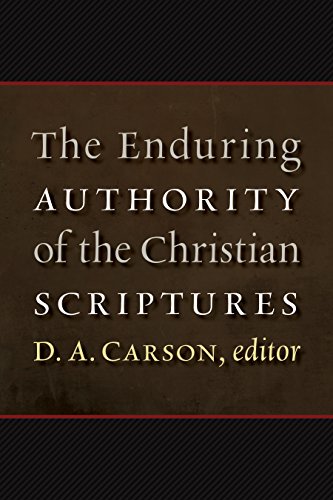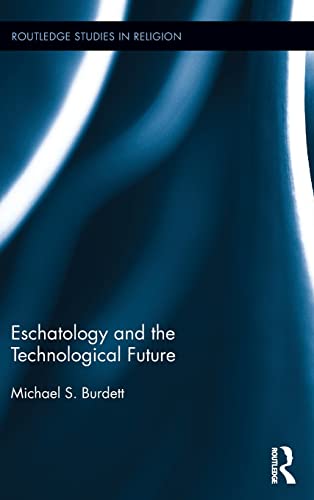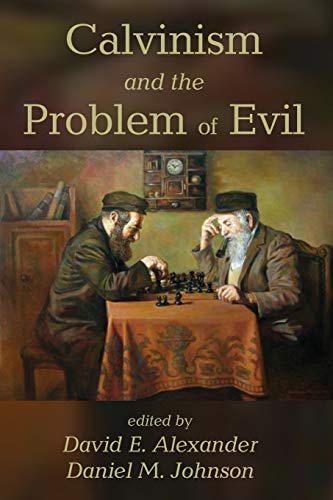Delivered from the Elements of the World: Atonement, Justification, Mission
Written by Peter J. Leithart Reviewed By Alexander N. KirkThere are theological books that are satisfying to read because they sharpen one’s view of how the puzzle pieces fit together, while leaving the overall picture intact. Other books are stimulating to read because they scramble and rearrange the pieces. Peter Leithart’s book, Delivered from the Elements of the World, will fall into the latter category for most readers. This wide-ranging and “deliberately idiosyncratic” (p. 19) exposition of Paul’s thought provoked many exclamation points, question marks, and hand-written notes in the margins of my hard copy.
In the first chapter, Leithart explains that he will focus on the sociopolitical dimensions of the atonement. He presents his book as “a biblical and Pauline revision of Girardian theory” (p. 20n7). The organizing theme of the book is the “elements of the world” from Galatians 4:1–7 (cf. Col 2:8, 20). Although this theme is admittedly a “marginal” one in Paul’s letters, Leithart’s assumption is that “staring hard at the marginalia of Paul’s discussion of ‘elements’ will do much to illumine the center” (p. 19). Leithart then provides his criteria for a “successful, comprehensible theory of the atonement” (p. 19)—historically plausible, Levitical, evangelical, Pauline, inevitable, and fruitful—and offers the reader the chance to jump ship before sailing ahead (p. 21).
Chapters 2–5 describe the elements of the world, which are the “physics of the old creation” or the building blocks of ancient religious life: purity, temple, sacrifice. In the second chapter, Leithart argues that Paul has transposed the terms “nature” and “elements” from Greek physics into a “social, covenantal key” (p. 41). Chapter three is a well-researched yet fictional “travelogue” in which a Jewish man interacts with proponents of ancient Egyptian, Babylonian, and Greek religion. The dialogue demonstrates that “Gentiles had their own systems of sacred space, priesthood, purity and sacrifice, just as Israel did” (p. 66). The next chapter presents excellent biblical theologies of flesh and circumcision, the latter being “the first stoicheion [element] of Israelite social life” (p. 90). In the fifth chapter, Leithart describes how the Torah further constructed Israelite religious life with concepts and practices of sanctuary, purity, and sacrifice. He contends that “Torah is a form of ta stoicheia tou kosmou, and so it clearly cannot release anyone from fleshly subjection to stoicheia” (p. 116) and death. For Leithart, the Pauline phrase “works of the Law” means the deadly and condemning work that (an impotent) Torah does (p. 119).
Chapters 6–9 develop Leithart’s doctrine of justification by explicating his understanding of “the righteousness (or justice) of God,” the life of Jesus and his disciples, the reasons for Jesus’s death, the “faith of Jesus Christ,” the meaning of “justification” as God’s “deliverdict” of Jesus, and the release of the Spirit over and against the elements of the world. Along the way, Leithart’s sweeping account of the atonement incorporates the church, the sacraments, and the end of the Jewish temple system (see pp. 172–74). Likewise, justification overcomes the curses of both Eden and Babel, and involves “a transfiguration of the elements and a reconstitution of the socioreligious physics of humanity” (p. 120). Thus, these four chapters show how the death and resurrection of Jesus is “the decisive event in the history of humanity, the hinge and crux and crossroads for everything” (p. 13, emphasis original). Leithart’s project is nothing if not ambitious.
Whereas previous chapters have depicted the gospel and its background, chapters 10–12 present its foreground, chapters that Leithart labels as “contributions to a theology of mission.” Chapter 10 explains how baptism and the Spirit transform human society and how the church challenges “preexisting socioreligious arrangements” (p. 238). Leithart demonstrates how ecclesiology and mission are inherent to his atonement theology. Chapters 11–12 map the “terrain of missions” in three regions: stoicheic societies outside the church, those on the “borderlands” (including Judaism), and “Galatianist societies” that have entered the Christian era and then reverted to the elements (including Islam and modern Western civilization). Chapter 13 is a 13-page summary of Leithart’s atonement theology. The book also includes two lengthy appendices on “the metaphysical and anthropological underpinnings of medieval and Protestant soteriology” (p. 295), as well as an appendix that supports Leithart’s understanding of justification with evidence from Romans.
Leithart’s work positions him in between theological camps, which means that he will likely draw fire from all sides. In particular, many readers of Themelios will take issue with various aspects of his presentation of penal substitution and justification. Here are a few points of criticism on other topics.
First, the formation of a just and mature human society seems to be God’s ultimate goal according to Leithart (see, e.g., p. 180). The glory of God is little discussed. It may be that God is conducting a war on the flesh throughout human history, but what about his program of self-revelation? Likewise, any reflection on men and women created in the image of God was conspicuous by its absence. Perhaps Leithart’s atonement theology is wide enough but not yet deep enough.
Second, I am not sure that Leithart escapes self-contradiction or at least confusion about any enduring role for the Torah. This may be exemplified in a sentence: “The Spirit comes to demolish Torah and to set up a new nomos where the requirements of Torah are actually fulfilled” (p. 194). Leithart claims that “laying aside the sacrificial knife and eating a bit of pork required an act of radical faith in Christ” (p. 42n39); but did Paul ever eat pork? At times Leithart implies “yes,” at other times he suggests “no”; for example, he states that “the first generation of Christians was a world of transition [sic]” (p. 170). Yet if Paul was willing to circumcise Timothy and fulfil a Nazirite vow at the temple, what kind of cosmos did he inhabit? Can Galatians 2:20 really indicate that Paul “comes to life with a new physis, no longer Jewish” (p. 192), when Paul refers to himself as a Jew “by nature” only five verses earlier (Gal 2:15)?
Third, it is unclear from Leithart’s account why it was necessary for Jesus to share in the divine identity for his work of atonement. Leithart comments on this matter in passing at the bottom of p. 159, but perhaps a discussion of the virgin birth could have at least partially addressed this lacuna and been integrated into Leithart’s broader discussion of flesh.
Finally, the book makes awkward use of transliterated Greek and Hebrew. In places, Leithart assumes an understanding of the original languages; why not use the Greek and Hebrew itself?
These criticisms notwithstanding, Leithart’s book is a brilliant and comprehensive account of atonement, justification, and mission. I would highly recommend it to all students of theology.
Alexander N. Kirk
Alexander N. Kirk
The Evangelical Theological Seminary of Indonesia
Yogyakarta, Indonesia
Other Articles in this Issue
Gospel Differences, Harmonisations, and Historical Truth: Origen and Francis Watson’s Paradigm Shift?
by Frederik S. MulderClaiming to stand on the shoulders of the later Origen, in Gospel Writing: A Canonical Perspective, Francis B...
“For Your Sake We Are Being Killed All Day Long”: Romans 8:36 and the Hermeneutics of Unexplained Suffering
by David StarlingThis article explores the function of Paul’s citation from Psalm 44:22 within the rhetoric of Romans 8:31–39...
Many churches seem to have lost the art of singing lament...
Reflections on Handling the Old Testament as Jesus Would Have Us: Psalm 15 as a Case Study
by Dane C. OrtlundIn appreciation of the renaissance of christocentric and redemptive-historical hermeneutics and homiletics in our generation, this article selects an OT text, Psalm 15, that appears on the surface to be maximally resistant to a Christ-centered reading and preaching of Scripture...
This article examines the meaning of blessing as expressed in the structure and narratives of Genesis...







